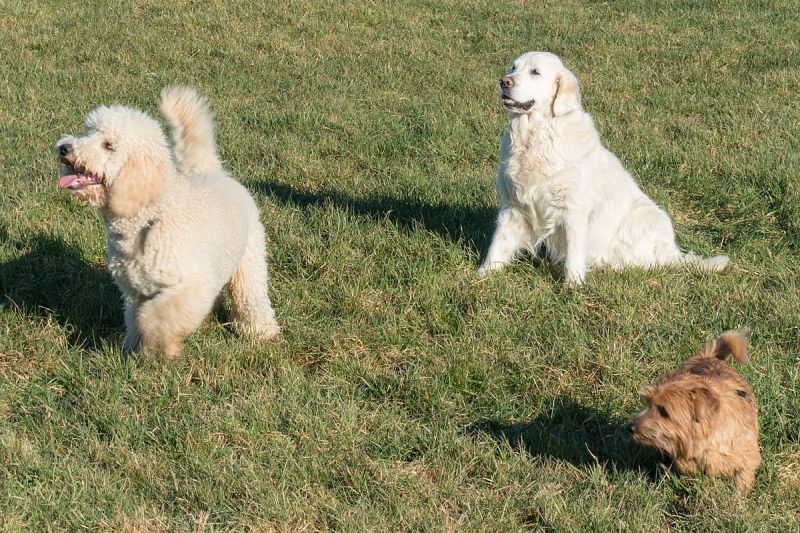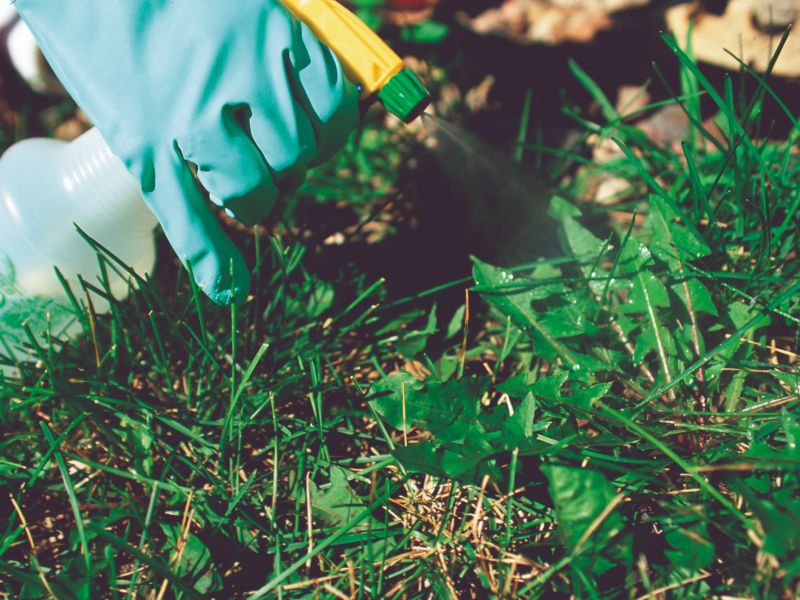
This news is so old that I’m amazed I didn’t learn it until last month.
Weed killers save time but researchers have known for decades that their use is linked to cancer in dogs.

2,4-D is a widely used weed killer that’s been around since the 1940s. It kills broadleaf weeds by causing uncontrolled growth in them, sort of like cancer in weeds.
Why study dog cancer?
Of course we love our dogs and want to know about their illnesses, but there’s an additional reason to study dog cancer. Canine malignant lymphoma (CML) is so similar to non-Hodgkins lymphoma (NHL) in humans that CML is used as a model for NHL.
Linking lawn chemicals to dog cancer:
- A 1991 study in the Journal of the National Cancer Institute showed that dogs whose owners used 2,4-D on the lawn were more likely to get canine malignant lymphoma (CML). The report made the New York Times in 1991. Click here for the study.
- A 2012 study showed a 70% higher risk of dog cancer (CML) in households that used professionally applied lawn chemicals. Fortunately, they found that flea and tick controls are unrelated to the risk of CML. Click here for the study.
- And a 2013 study found an increased risk of bladder cancer in dogs exposed to professionally applied lawn chemicals. Click here for the study.
There’s a growing body of evidence that lawn chemicals — especially 2,4-D — are bad for humans. I didn’t realize that for 27 years we’ve known they’re bad for dogs.
(photos from Wikimedia Commons; click on the images to see the originals)
p.s. In July 2017 California added glyphosate (the active ingredient in Roundup) to their list of potentially cancerous chemicals.
Yes, and Roundup is now linked to NHL in humans.